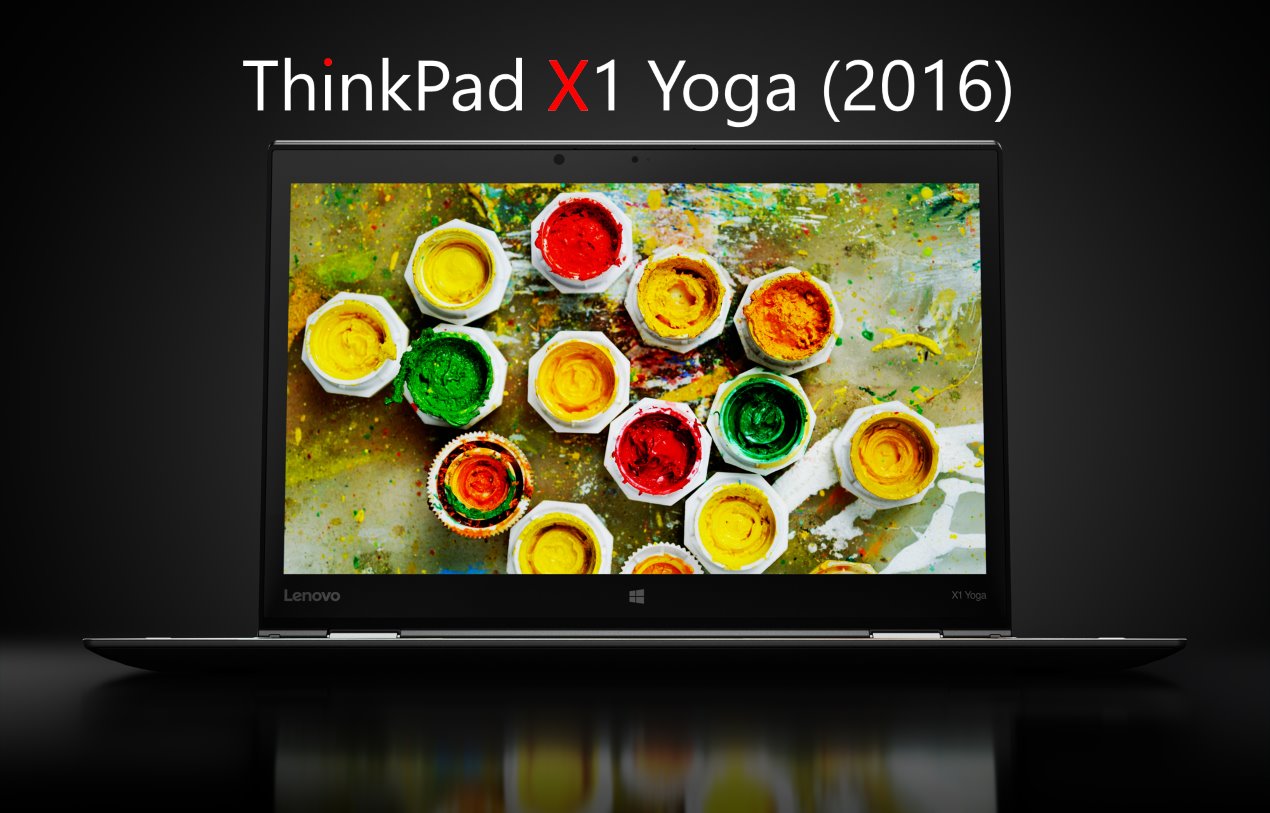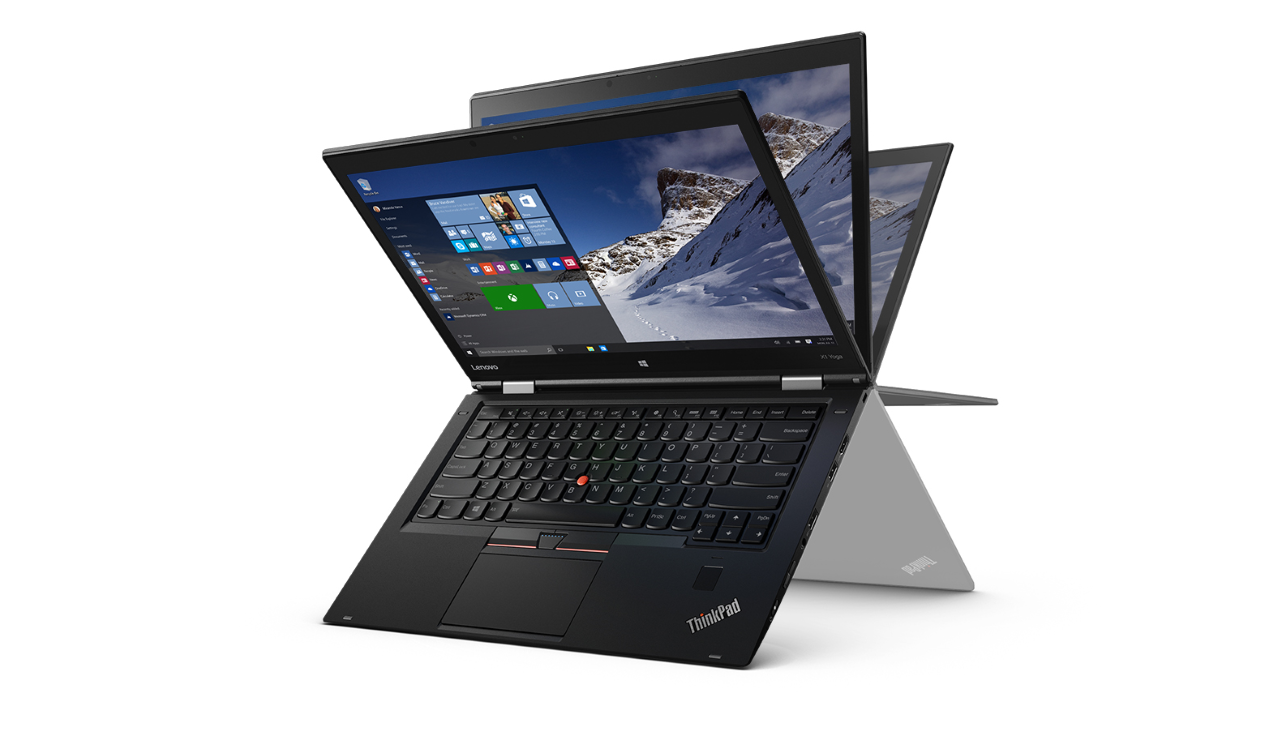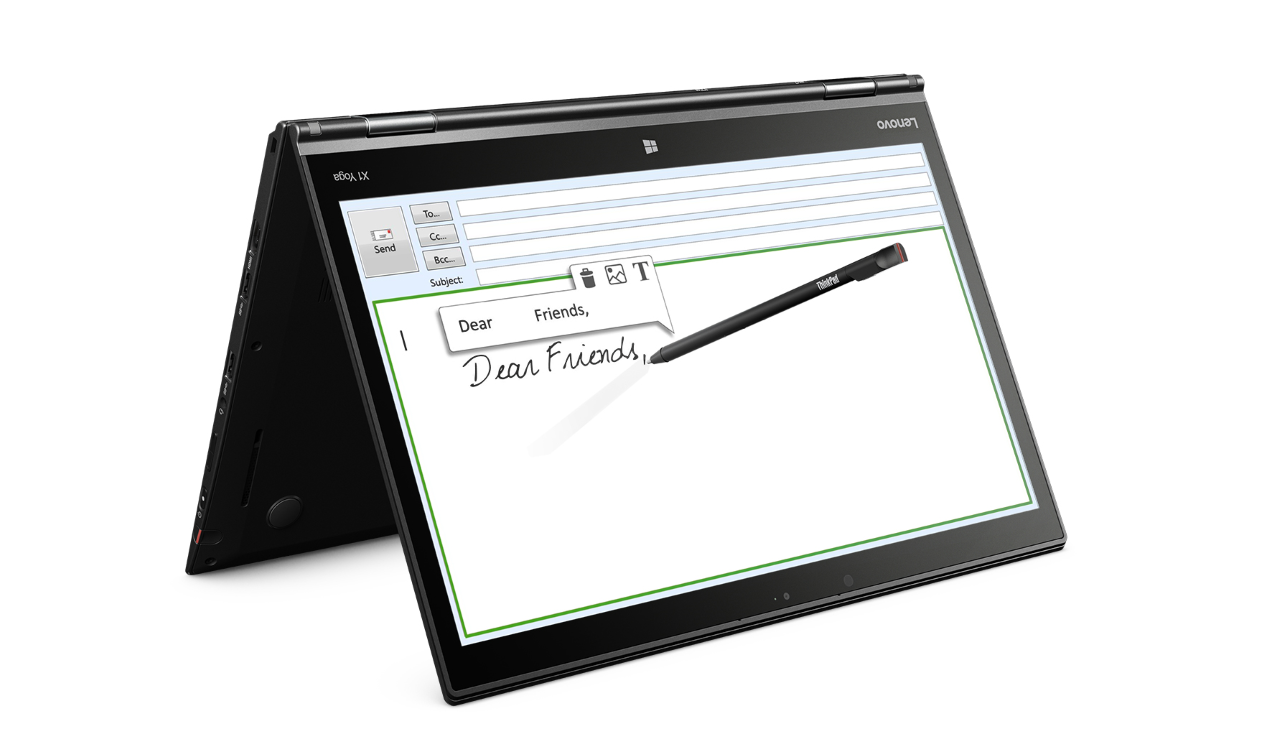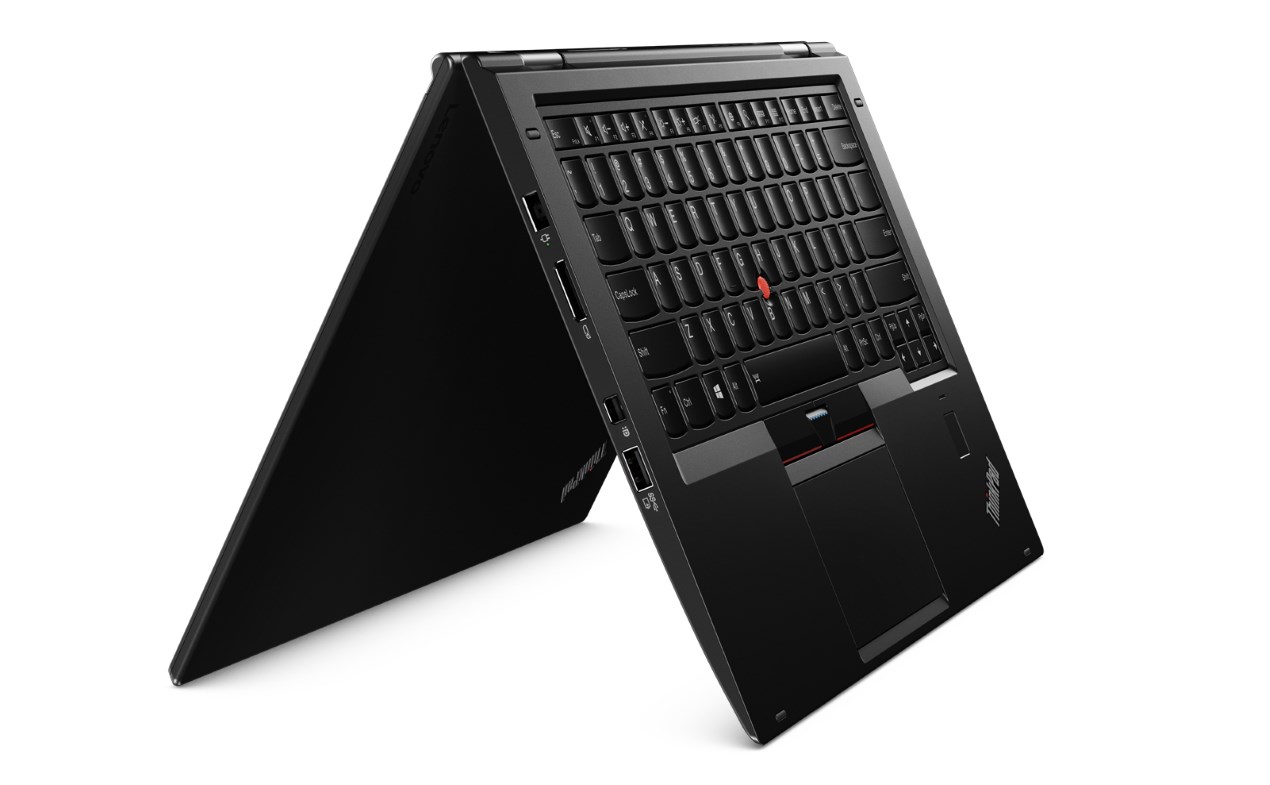
The history of the Lenovo Yoga line is a history of success. Since its inception in 2012 with the first IdeaPad Yoga, the brand has evolved into Lenovo´s secondest strong brand (besides the Think-brand of course), bringing innovative design and new form-factors to the market. Arguably, the Yoga line is the most successful convertible brand on the market, really only rivaled by the Microsoft Surface line.
The ThinkPad Yoga line, the cross-over of Lenovo´smost successful brands, was first brought to the market in 2013 with the first model, which was, depending on the country you are based in, was simply named “ThinkPad Yoga”. Its was a 12.5” convertible and it acted as a follow up to the discontinued X-Series Tablet models (which had swivel hinges). In 2014 the line was expanded with new 14” and 15.6” sized models (ThinkPad Yoga 14 and Yoga 15), and on IFA 2015, 2 years after the announcement of the first ThinkPad Yoga on IFA 2012, Yoga 260 and Yoga 460 were announced, sporting the newest Skylake Core i CPUs from Intel. They are the first real “enterprise ready” ThinkPad Yoga models, as the older ones were really mostly aiming at the prosumer market. Now, finally, Lenovo decided it has the confidence to ramp up its game. Lenovo is betting big on the Yoga brand, and thats why they finally introduced the first really high-end ThinkPad Yoga model, the ThinkPad X1 Yoga.

Sometimes referred to as ThinkPad X1 Carbon Yoga, the X1 Yoga is really the ultimate Lenovo brand crossover. The design of the ThinkPad X1 Yoga is based on Lenovo´s aspirational line of ThinkPad X1 Carbon models, utilizing high end materials like Carbon and advanced Super Magnesium, a new material Lenovo introduces with the X1 Yoga and X1 Carbon 2016. Super Magnesium is a new Magnesium alloy with a low amount of rare earths. It enabels Lenovo to build the new models even thinner and lighter, and yet stay tough. The X1 Yoga is exceptionally light for a 14” convertible Ultrabook, it weights just 1.27 kg **/ 2.8 lbs, which is much lighter then the thicker and heavier Yoga 460 (1.8 kg). **Its even lighter then the 12.5” Yoga 260 (1.32 kg). The X1 Yoga is also relatively thin, with just 17 mm. As the name already gives away, the focus of the X1 Yoga of course lays on its convertible function. Its has 360° hinges (obviously), so that you can use it in the various Yoga modes, the retracting Lift-n-Lock keyboard, which is a trademarkt feature of the ThinkPad Yoga models, and it also is a pen-enabled device, as it features a Wacom AES based stylus, which is charged and stored in a pen silo in the chassis of the X1 Yoga.

You may ask, besides the exceptionally light chassis, whats so special about the X1 Yoga? Well, its the first ThinkPad ever, and also the first Yoga and Lenovo Notebook all in all, to feature an OLED display. This display, which will be available later, starting in April, has a resolution of 2560x1440 (WQHD) and is specified with a brightness of 300 nits. Being a OLED displays, you can expect perfect black levels and deep, saturated colors. Other display options include a non-OLED 2560x1440 IPS display as well as a 1920x1080 IPS display as the low-end option. All X1 Yoga models are touch-enabled.

When it comes to ports and performance (CPU, GPU, RAM and storage), the X1 Yoga is pretty much like the X1 Carbon 2016. It offers three USB 3.0 ports, HDMI, mDP, a Onelink+ docking port and a Micro-SD card slot (which is a disadvantage compared with the thicker and heavier Yoga 460, which features a full-sized SD card slot). CPU options include Skylake U CPUs up to the Intel Core i7-6600U (vPro), the only GPU option is the Intel HD 520 and RAM is limited to 16 GB DDR3 memory, which is soldered on the motherboard. SSDs are of course offered in various capacities, with the highest end being a 1 TB NVMe PCIe SSD option, which is the latest and greatest in SSD technology. SSDs are based on the 2280 M.2 formfactor, which means you can replace them and upgrade your X1 Yoga later if you wish to. Like the X1 Carbon, the battery has a capacity of 52 Wh, which should guarantee a decent battery performance at least. Also like the X1 Carbon 2016, WiGig is optional on the X1 Yoga.
Here are the full specs of the X1 Yoga:
-
Processor: Up to Intel Core i7-6600U
-
GPU: Intel HD 520
-
Memory: Up to 16 GB DDR3 RAM (soldered down)
-
Storage: Up to 1 TB PCIe SSD, 2280 M.2
-
Battery: 52 Wh, internal battery
-
Display: 14” 1920x1080 IPS Touch (300 nits) / 14” 2560x1440 IPS Touch (300 nits) / 14” 2560x1440 OLED Touch (300 nits)
-
Footprint: 333 x 229 x 17 mm
-
Weight: Starting at 1.27 kg / 2.8 lbs
-
Ports: HDMI, mDP, 3x USB 3.0, Micro-SD card reader, Combo Audio-jack, Onelink+ docking port
-
Communication: Intel 8260 (2 x 2, 802.11 a/c), Intel Douglas Peak card (WiGig/Wifi combo), Sierra EM7455 LTE (optional), Snapdragon X7 LTE (optional), Bluetooth 4.1, 720p webcam
-
Security: Touch Fingerprint sensor (optional), TPM, Kensington Lock, vPro (optional)
-
Audio: Dolby Home Theater v4
-
Specialty: Wacom AES pen, 2048 levels of pressure, two buttons, charged and stored inside the pen garage in the chassis
X1 Yoga will be available starting in January 2016, OLED models will be available in April 2016. The starting price is 1449 $ in the USA.